
Developer: Toybox Inc.
Publisher: Nintendo
Platform: Switch
Tested on: Switch
DC Super Hero Girls: Teen Power – Review
Switch-exclusive title DC Super Hero Girls: Teen Power is based on the popular TV series DC Super Hero Girls, which is available on Netflix. It’s set in an alternate version of the DC Universe where various heroines and villainesses attend high school together. Admittedly, yours truly is far more familiar with the general DC Universe and not with this off-shoot, which is aimed at a young teen demographic. Nonetheless, given that the game was published by Nintendo and not by a third-party publisher, we were intrigued. How does Teen Power hold up, both as a family-friendly title and as a video game in general?
Story
The story behind Teen Power plays out like a full season of the TV series, with plenty of cutscenes and character interaction. Our story begins when an entire city block of Metropolis is laid to waste by malfunctioning Demobots from LexCorp. At first, it seems like this was an accident, and Lex Luthor -who is apparently a good guy in this universe- promises to rebuild this part of the city, but when more Demobot attacks start to happen, it appears that there is more behind the mayhem than meets the eye. Enter the titular DC Super Hero Girls: Batgirl, Supergirl, Wonder Woman, Zatanna, Green Lantern and Bumblebee. These teen heroines attempt to keep the city safe from the attacks and must find out who is responsible, all while also confronting an equally powerful team of super villainesses. As if that wasn’t enough, the girls also have to deal with being a teenager, attending school, and making sure they gain enough likes on the social media network Superstapost.
If you’re unfamiliar with this iteration of the DC Universe, then one word of advice: don’t overthink things. This is a world with its own continuity, and although it is chock full of references to the wider DC canon, they don’t always line up with the better-known versions of the characters. That said, while we can accept Wonder Woman and Batgirl attending the same high school, it’s a bit more difficult to wrap our heads around the fact that Harley Quinn is a character in this universe, given her well-known origin story. Teen Power acknowledges that the Joker exists in this universe too (although he doesn’t make an appearance in the game), raising even more questions about a high school version of Harley running around in a full clown outfit.
Graphics
It’s never easy to translate 2D designs into 3D models but Teen Power makes an admirable attempt to stick as close to the visuals of the DC Super Hero Girls series as possible. Admittedly, it’s not a 1:1 recreation, but things still look close enough. We would’ve preferred seeing the game’s cutscenes fully animated like in the show, even if that would have emphasized the slight visual differences between 2D and 3D even more. The 3D character animations are quite awkward occasionally, especially when characters are running around in cutscenes. Key scenes are often underlined by slightly tilted comic book-style frames, which makes for a neat little effect.
Of special note is that the game makes use of a very clever trick to mask its lack of draw distance. When you’ve moved a certain distance away from NPC 3D models, they are replaced with simpler models that feature fewer detailed animations. It’s barely noticeable unless you really pay attention to them, and when you move closer again, the transition to the full 3D models is nearly seamless. It’s a good way to compensate for the Switch’s lesser processing power and it really helps to keep up the idea of this being a living world.
Sound
Just like with the visuals, Teen Power’s soundscape sticks close to the source material. Characters are voiced by the same voice actors from the series, including industry veterans like Grey Griffin and Kari Wahlgren. The voice cast isn’t just experienced, but they also bring along an understanding of their respective characters, with the result being that there isn’t a bad performance in sight here. The soundtrack ties into the series as well, and is quite catchy. Sound effects are adequate but not exceptional, resulting in a soundscape that works as a whole, with the voice performances being the true standout here.
Gameplay
Aimed at a relatively young demographic, Teen Power offers up a semi-open-world action game with a linear story and a variety of optional side missions. The ultimate aim of Teen Power is of course to find out who is behind the attacks on Metropolis, and ensure that whoever this villain is gets what’s coming to them. It’s standard superhero fare, aimed at younger kids, so we’re keeping the target audience in mind. We’re very much aware that Teen Power isn’t going to appeal to the same audience as the Arkham series, for example, but then again, it doesn’t need to. The real question here is whether this is a game worth letting your kids play, or if Teen Power is a piece of shovelware that relies on the recognizability of the IP in order to make a quick load of cash.
Teen Power’s Metropolis is divided into small areas that players can roam around in freely. These include the school, the Metropolis city center and the demolished city block, among others. Players start out as Barbara Gordon/Batgirl and will gradually unlock other characters as they progress through the game. Each of the game’s heroines has their own specific set of powers, ranging from Wonder Woman’s shield-throwing attack to Supergirl’s heat vision. The girls start out with a basic skill set, but as you progress through the game, they’ll be able to learn new abilities and gain better stats. Roaming around freely does come with the caveat of not having access to superpowers, as it’s important to keep your secret identity hidden from the citizens of Metropolis, so walking around is done as a normal teenager. The game is a pretty straightforward affair, with your main objective marked on the map at all times, though you are free to do other things between key story points.
Although the core of Teen Power is built around the overarching story, there is a surprising amount of stuff to do when you’re wandering around freely. Metropolis is filled with collectibles, such as stuffed hamsters, that you can seek out and trade in for rewards. There is graffiti that you can snap pictures of -again to earn rewards. There are side missions, ranging from simple fetch quests to elaborate battle sequences. And then there’s Superstapost, the in-game social network, where you can gain likes based on pictures that you snap in-game. Netting enough likes and followers here will unlock even more stuff. Having this many features in a game can feel overwhelming, and the more features are in a game, the bigger the chance that one or more of them are simply busted. Thankfully, Teen Power keeps things varied but simple, and we didn’t run into a single mechanic that felt frustrating to use.
The game’s missions are varied but usually involve beating up generic bad guys, with the occasional boss battle thrown in for good measure. Occasionally, there are timed missions, such as when you need to defend a building for a set amount of time or when you need to clear a path of debris. Missions are fairly short affairs, and you’ll have a series of sub-objectives that ensure greater rewards, even though the game won’t punish you if you fail to achieve these. Rewards come in the form of power stars, which are used to unlock better stats and new abilities and coins, which you can use to purchase new outfits and to fund new buildings in the city block that Luthor is rebuilding.
So let’s answer the question on everyone’s mind here: is Teen Power actually good as a kids’ game or is it a licensed piece of hot garbage? After all, it’s common for licensed video games to be below average, especially when they are based on tv shows aimed at a young demographic. The mindset of the developers is often that a game will sell based on brand recognition. We are happy to say though, that this is not the case with Teen Power. Of course, when a game is published by Nintendo themselves, we expect a certain degree of quality, and despite a few minor shortcomings, the finished product feels complete and very polished. The only thing we really felt was missing was a multiplayer mode. There are plenty of missions where multiple characters team up, but they are controlled by AI. It would’ve been nice if other players could join in, even if it required each player to have their own Switch and their own copy of the game. While we understand that online play wouldn’t be preferable, given that this is a game aimed at a younger demographic, an offline multiplayer mode would’ve been very welcome, if only so that parents and kids could play together.
Conclusion
Teen Power’s gameplay is probably too simplistic for anyone that falls outside of the game’s target demographic. Kids that are fans of the show, however, are absolutely going to love this game. Parents can rest assured that Teen Power is a quality product -although we probably have Nintendo’s involvement to thank for the game not ending up as a simple cash grab but as a title that has had some effort put into it. This definitely isn’t a must-have game for adult DC fans, but if you’ve got fans of the show in your household, we highly recommend picking up DC Super Hero Girls: Teen Power.
DC Super Hero Girls: Teen Power - Review,2 Comments
Leave a Reply
You must be logged in to post a comment.

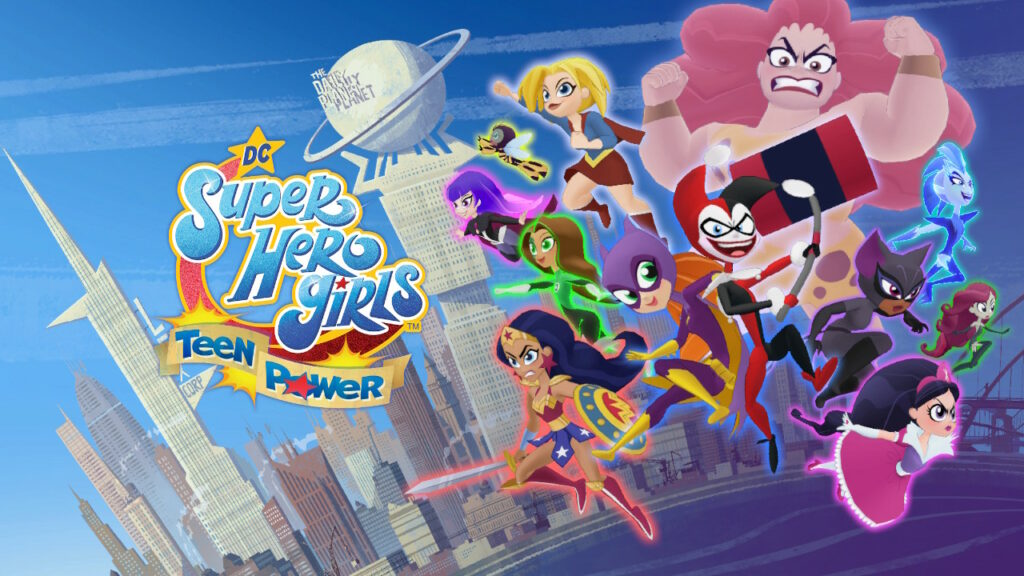
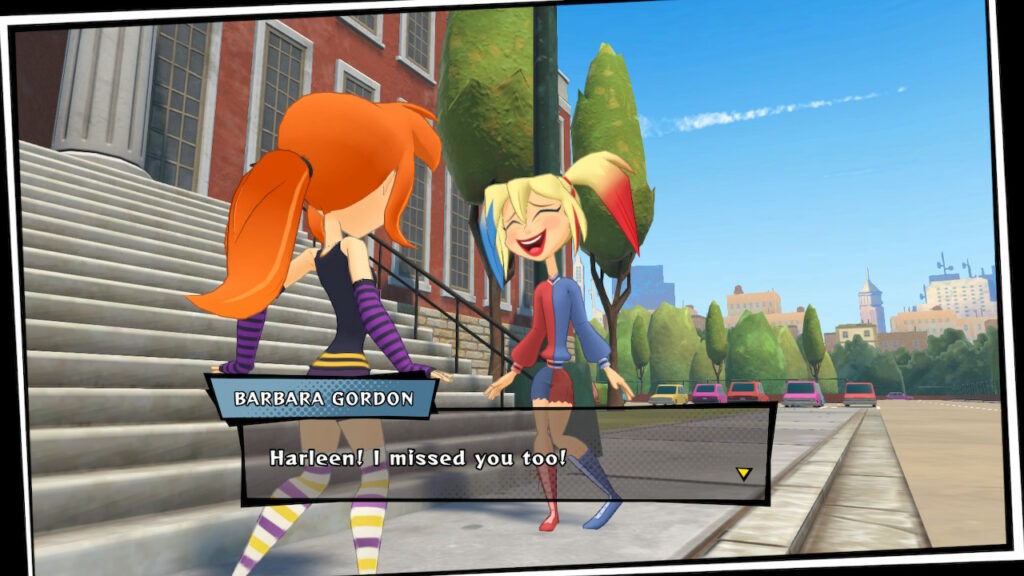
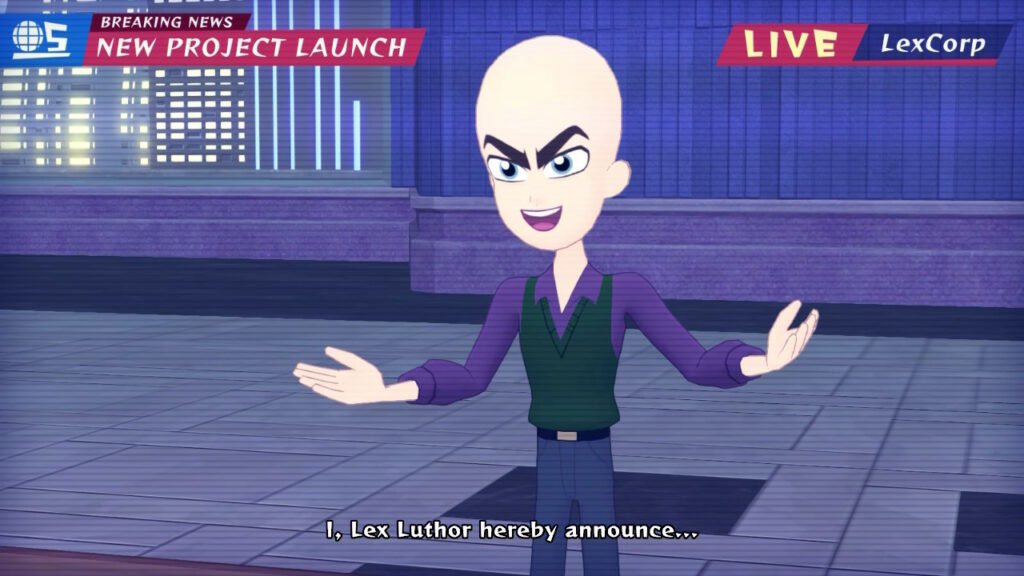
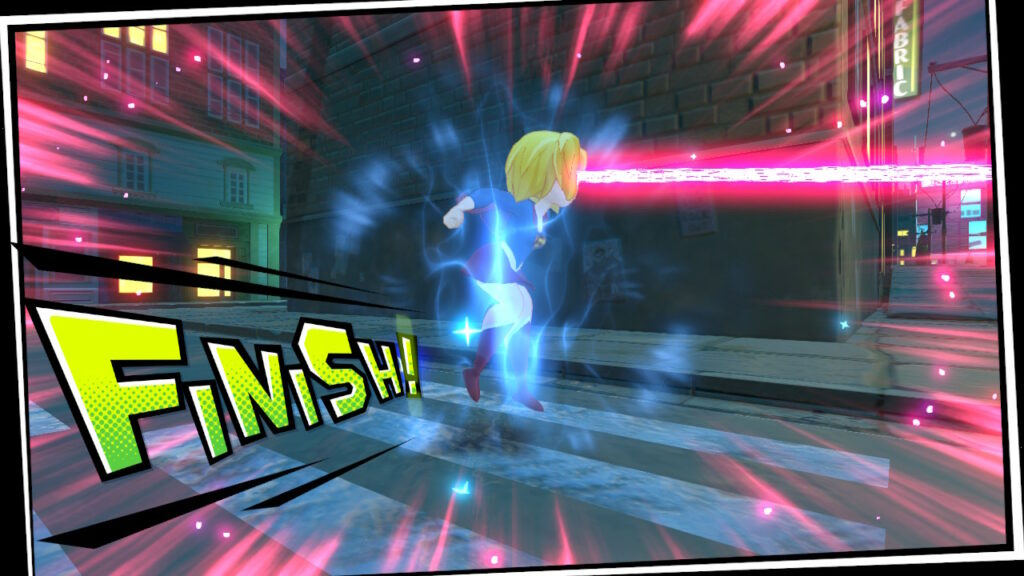
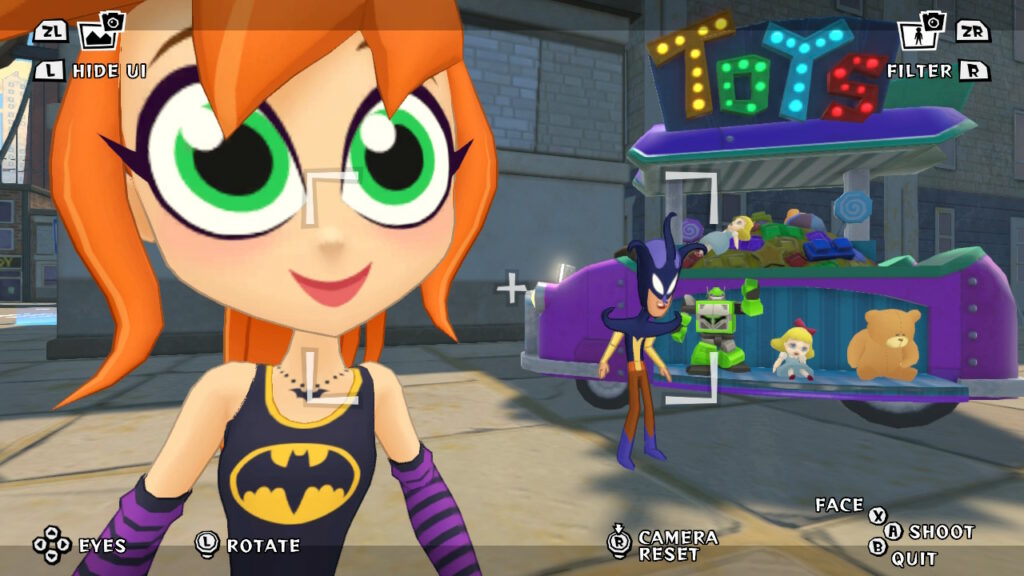
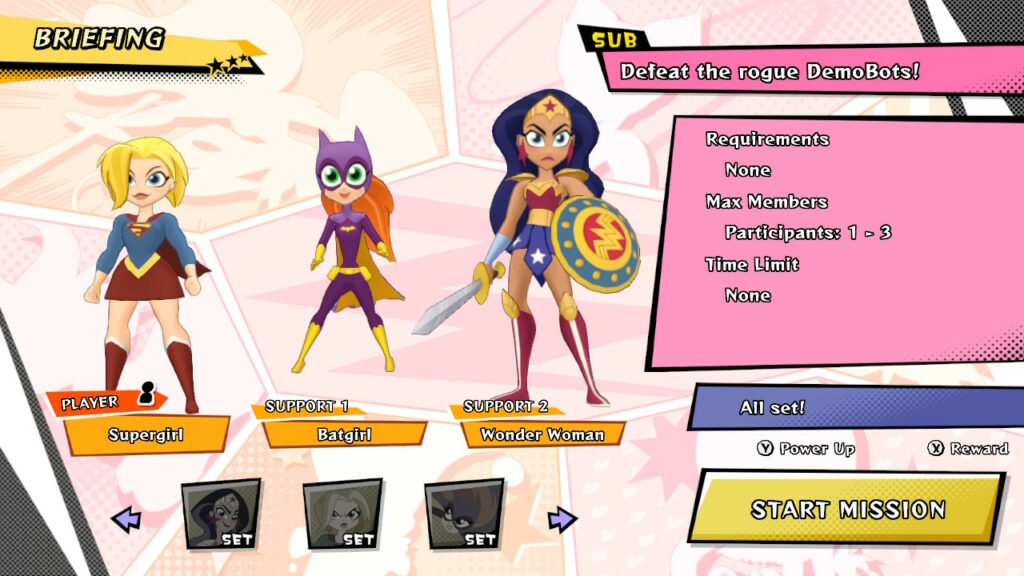

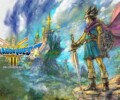
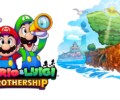
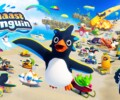
[…] characters, ranging from Poshul, a huge pink dog to Harle, a jester that suspiciously looks like a certain DC Comics character, although we’d chalk this one up to coincidence rather than […]
[…] us from giving the game a fair and honest review, of course, and we were pleasantly surprised by DC Super Hero Girls: Teen Power, so who knows? Maybe syn Sophia has a hidden gem in store for us. Read on to find out whether or […]